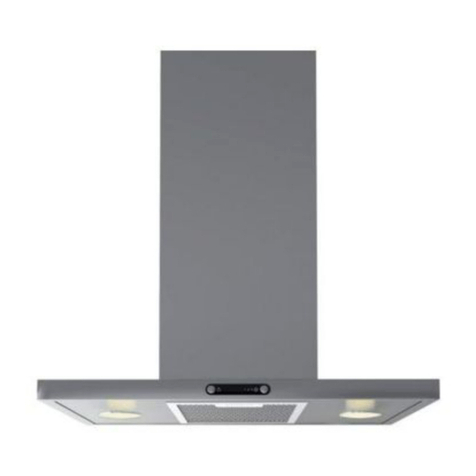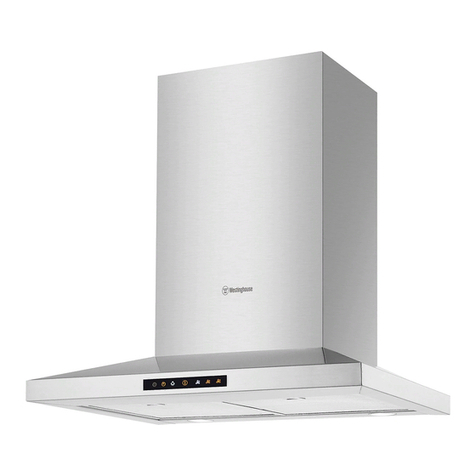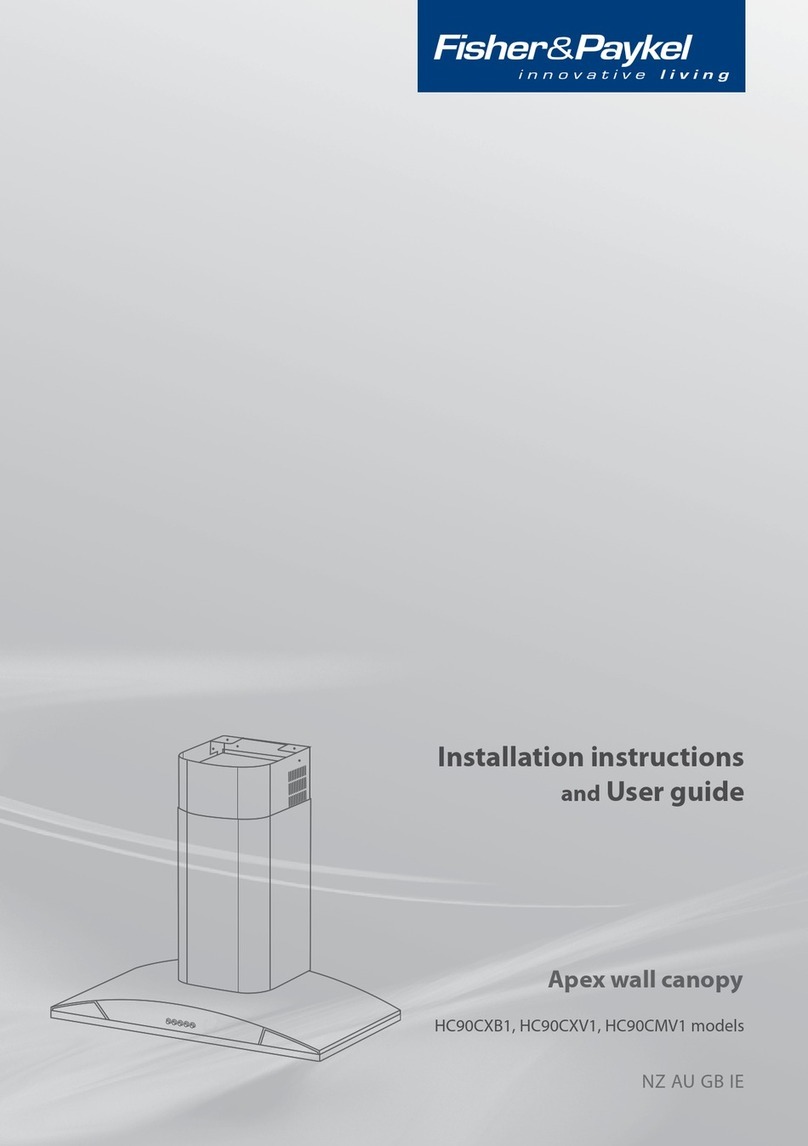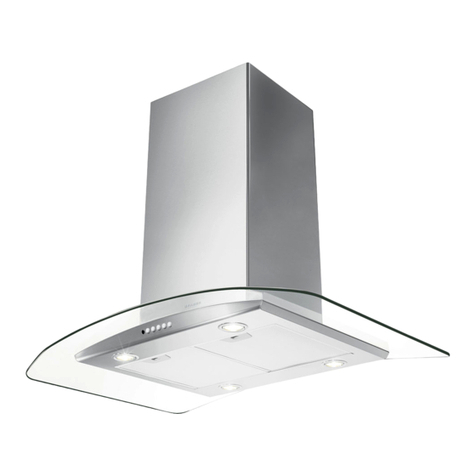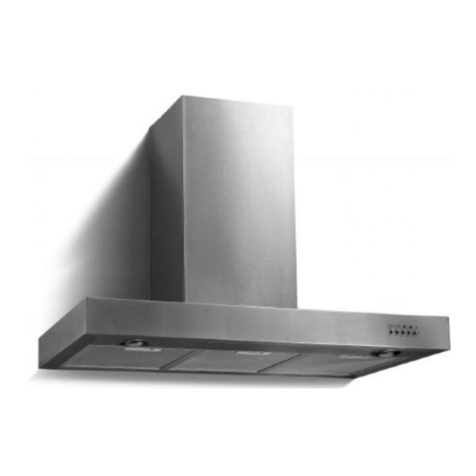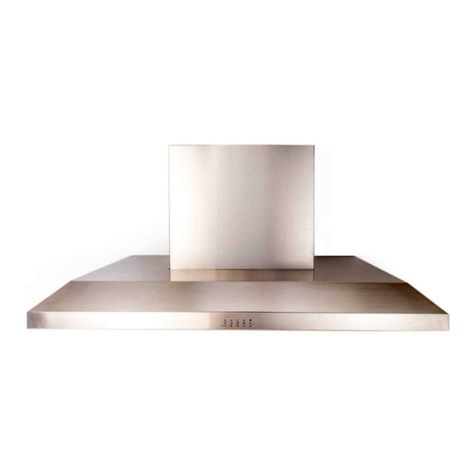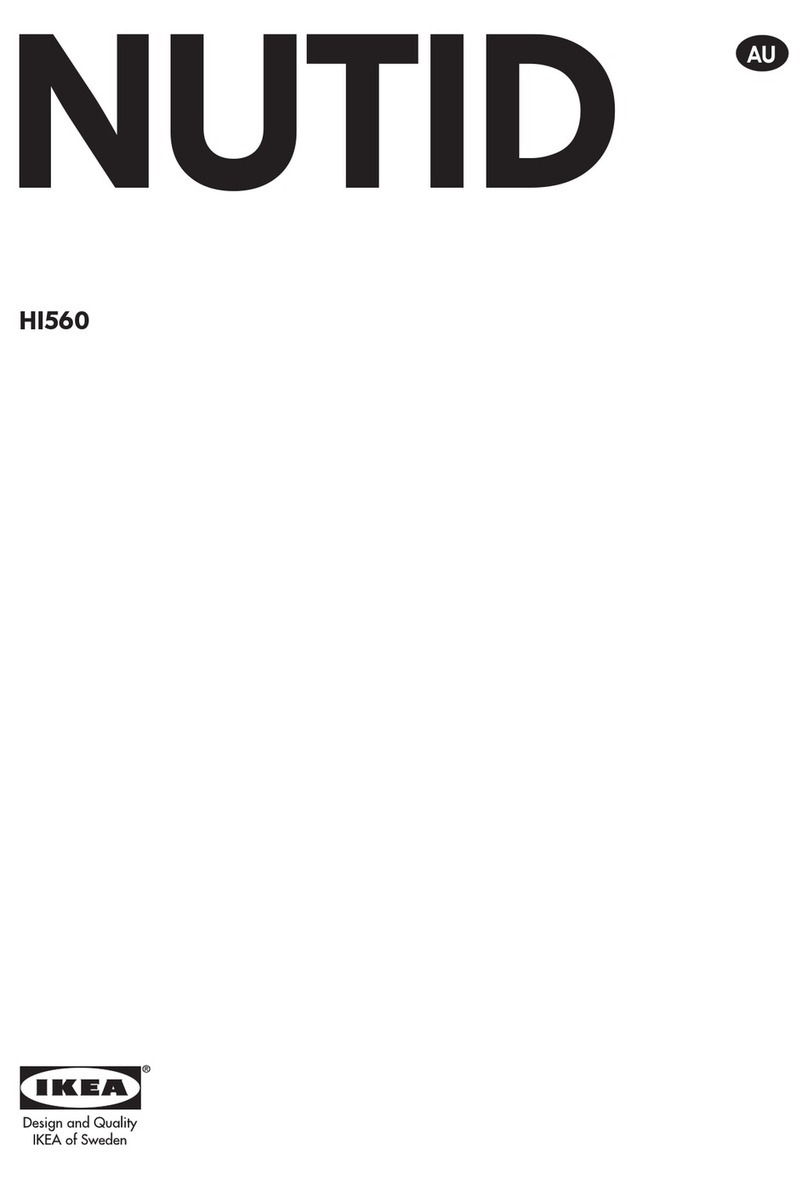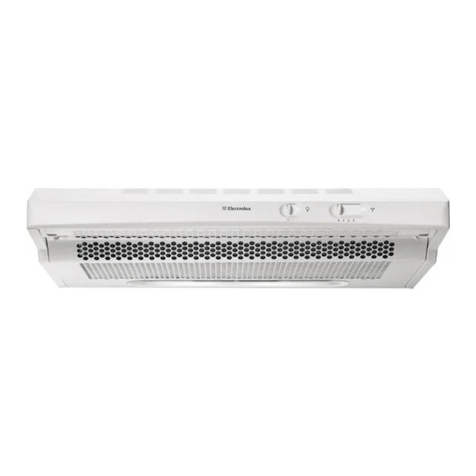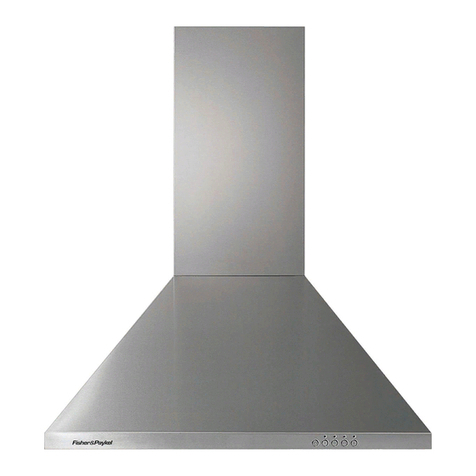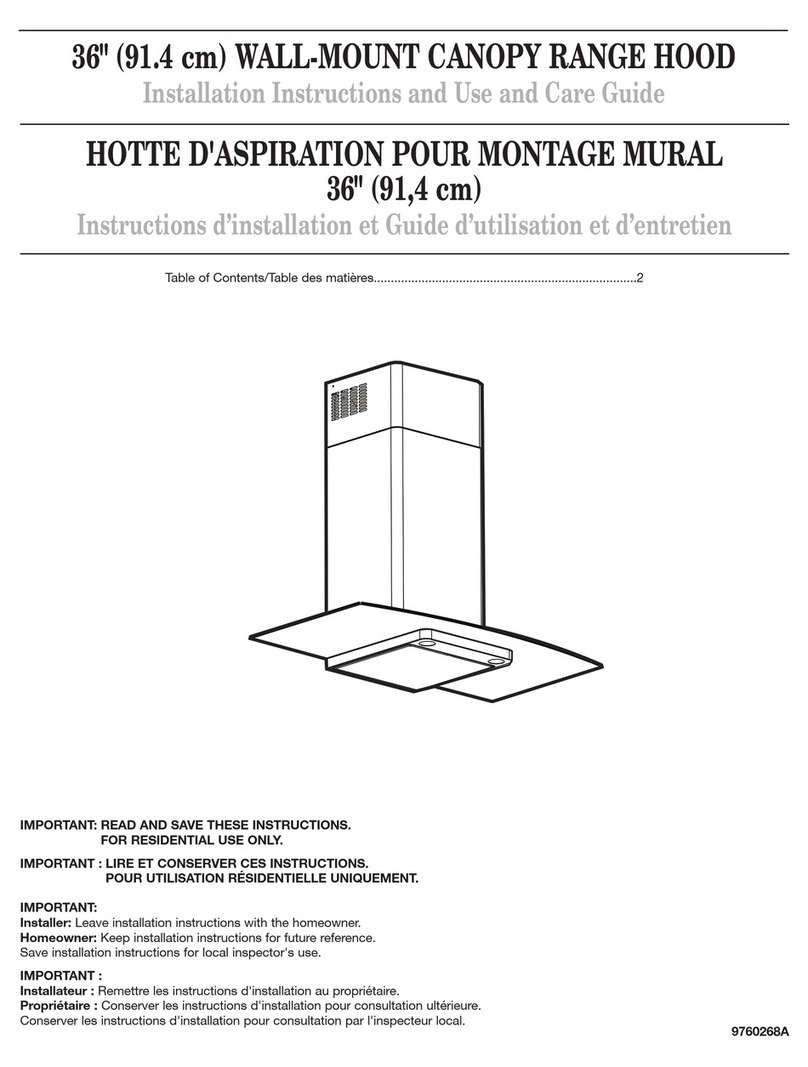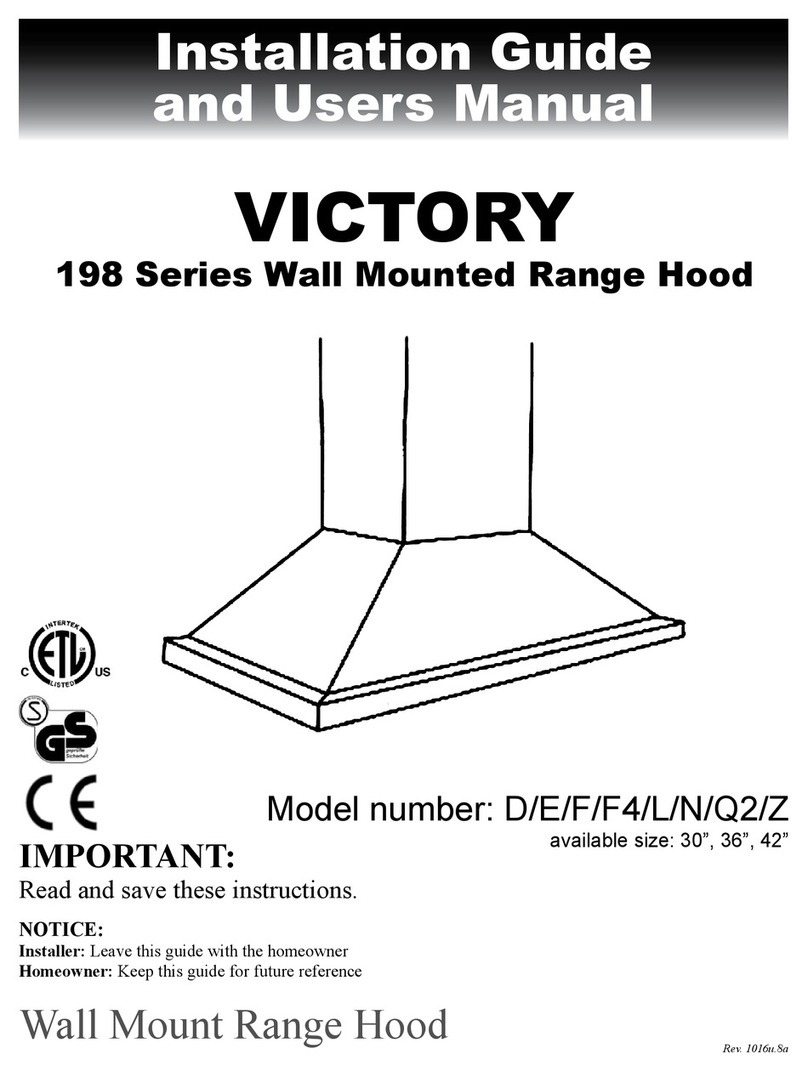
Contents
2
Warning and Safety instructions.......................................................................... 3
Caring for the environment................................................................................. 12
Description of the functions............................................................................... 13
Guide to the appliance......................................................................................... 14
Operation.............................................................................................................. 16
Switching the fan on.............................................................................................. 16
Selecting a power level.......................................................................................... 16
Switching the fan off.............................................................................................. 17
Switching the cooktop lighting on/off.................................................................... 17
Safety switch-off.................................................................................................... 17
Cleaning and care................................................................................................ 18
Housing.................................................................................................................. 18
Grease filters.......................................................................................................... 19
NoSmell active charcoal filter................................................................................ 21
Disposing of the charcoal filter......................................................................... 21
Changing a halogen lamp...................................................................................... 22
Installation............................................................................................................ 23
Before installation.................................................................................................. 23
Protective foil......................................................................................................... 23
Installation instructions.......................................................................................... 23
Dismantling............................................................................................................ 23
Assembly parts...................................................................................................... 24
Appliance dimensions............................................................................................ 26
Safety distance (S)................................................................................................. 27
Installation recommendations................................................................................ 28
Drilling diagram for wall mounting......................................................................... 28
Connection for air extraction.............................................................................. 29
Condensate trap.................................................................................................... 30
Silencer.................................................................................................................. 30
Electrical connection........................................................................................... 32
After sales service and warranty........................................................................ 33
Position of the data plate....................................................................................... 33
Technical data...................................................................................................... 34
